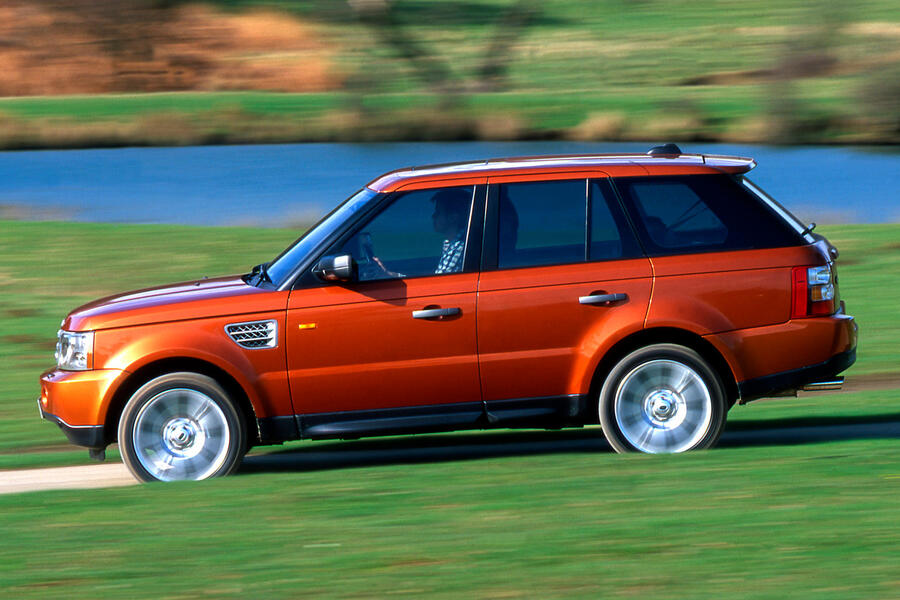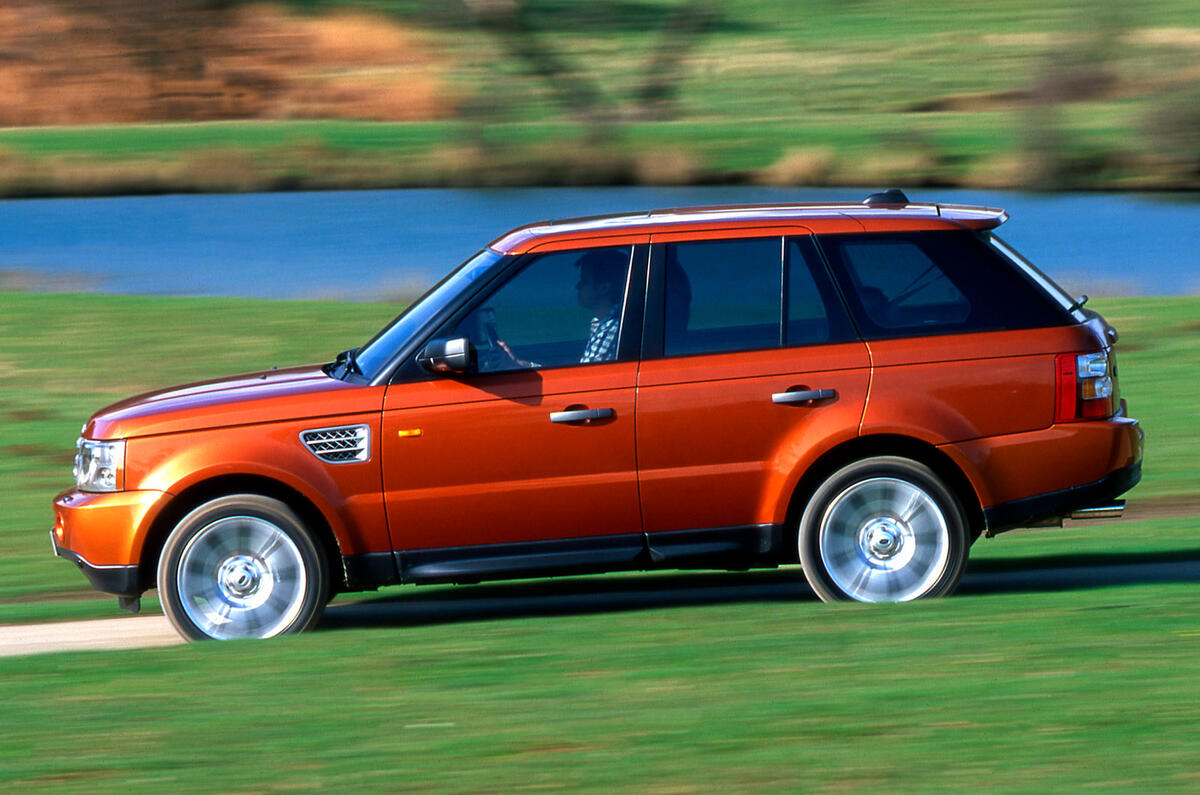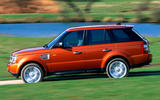“They’re a slightly strange breed, your sporting off-roaders,” mused our correspondent in 2005 as he reported on a first ride of the then radical new Range Rover Sport.
Lighter, lower cars, he continued, are far better at cornering quickly, but that hadn’t stopped BMW and Porsche from storming the sales charts with their dynamically minded X5 and Cayenne models in recent years, and it was buyers of these models Land Rover hoped to poach with a canyon-carving take on its venerable luxury flagship.
The early signs were there that the mass-market sports cars of the future would indeed be SUV-shaped, with a higher seating position, and the sheer physical improbability of such heavy cars accelerating so quickly highlighted as primary factors in their appeal. On the basis of the Sport’s well-rounded chassis set-up, we predicted that “keen drivers, at least, won’t need long to notice, and enjoy, the difference”.
And so it proved. The Sport has comfortably outsold the full-sized Range Rover every year since 2007 and it remains our favourite luxury SUV to this day, 17 years since it arrived to shake up this nascent and curious segment.

When the 2008-2010 recession hit, Bentley boss Adrian Hallmark eloquently described how the various top-end car sectors recovered: “Most of the luxury market came back fairly quickly, and our cars were among the quickest because though they’re expensive, they’re also practical and tend to be used every day. The pure sports car market, on the other hand, forgot to recover.”
A decade later, this comment still serves to explain why hot, top-end SUVs like the Range Rover Sport are so important in today’s market. They’ve become sports car substitutes – just as prestigious, nearly as quick, and markedly easier to drive and own.
Lamborghini’s 2021 results flesh it out: sales of the Lamborghini Urus SUV doubled those of the Lamborghini Huracán, with the Aventador trailing even further behind.
There’s also a notion that cars like the new Range Rover Sport are ‘last hurrah’ models. Range Rovers last a decade and the new model’s eventual replacement will be an EV. Like the look of this one? Buy it while you can.









Join the debate
Add your comment
Over-powered SUVs sell like they do, because too many car buyers are like sheep. If they actualy thought rationally about car buying, instead of just following the trend and trying to outdo Sid next door, they might realise that buying an SUV, unless you REALLY NEED the ground clearance high towing limit and traction offroad, is just plain stupid.
The fact that an SUV can go as fast or faster in some cases is partly why they're bought, yes, most don't handle well on the twisty bits of roads we all drive on, they come with a very well appointed interior with all the gadgets you need and don't need and when driven at legal speeds they're very refined, so, that it, it's just the fact you can stick 600+BHP in an SUV and make it do silly speeds.